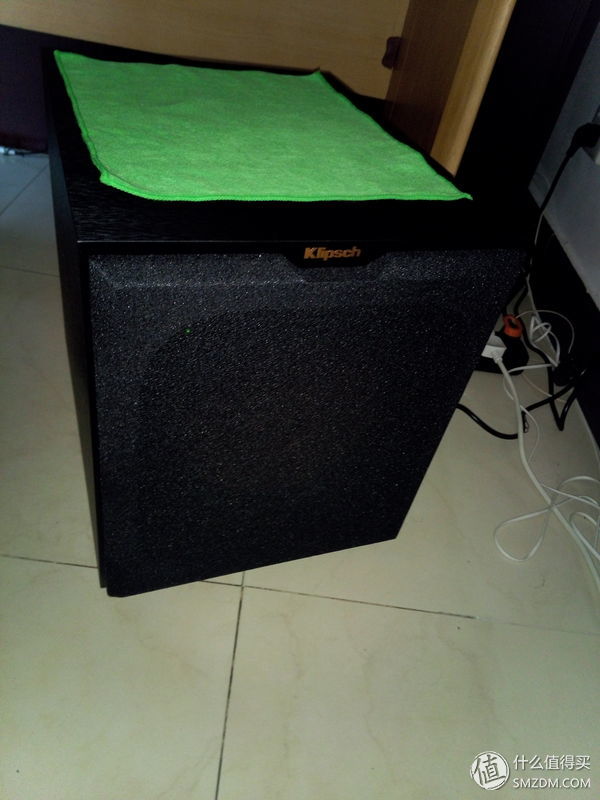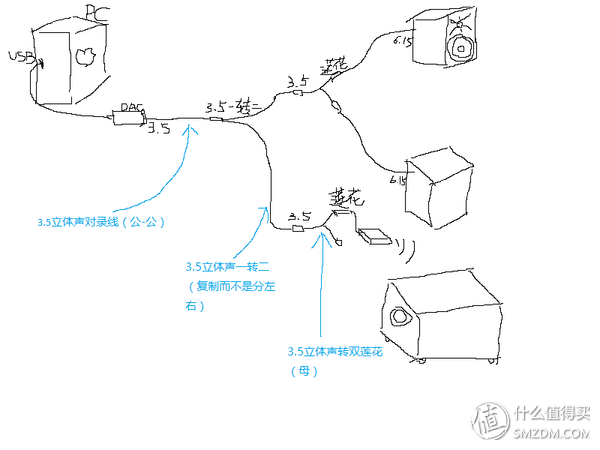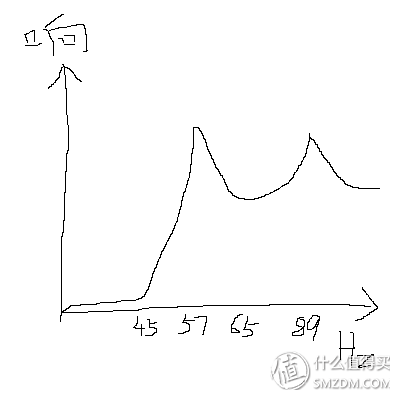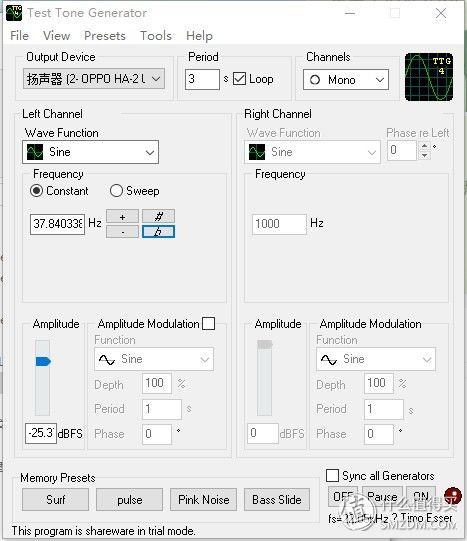Because the special offer for June was particularly attractive, many people, including us, began looking into premium products like the Prime Sea Bass. We were excited to anticipate the start of a new chapter in our lives.
The shipment arrived roughly two weeks after we placed the order, and the delivery timeline matched Amazon’s prediction quite closely. On the first day of unboxing, the package reached our doorstep intact. The sponge was undamaged, and the subwoofer showed no visible scars. However, each screw on the back panel had some signs of wear—though not from repeated disassembly or mishandling, but rather from the manufacturing process.

When setting up the power supply, we encountered a challenge. The unit came with a large, dual-headed American-style plug, which wouldn’t fit into a regular socket. Fortunately, we found an 8-pin power cord that worked with other appliances, so we opted for a line with a nominal cross-sectional area matching the original Sony Walkman’s 8-pin cord. This setup proved effective! However, it’s important to ensure the copper core’s cross-sectional area isn’t too low, as lower-quality cables can overheat, degrade, or even catch fire. As someone mentioned, thicker copper cores tend to minimize these risks.
Speaking of the signal line, since we lacked an AV amplifier, we needed to convert a 3.5mm stereo plug to a pair of “lotus†connectors to connect to a wireless transmitter. Initially, we tried a wired connection, but there was no audible output, though we detected a faint sound when touching the cable slightly. Deciding to go wireless, we purchased a 3.5mm-to-double-lotus adapter.
Our wiring setup looked like this:

The initial bass performance was disappointing. Unlike the Edifier S1000 speakers, which deliver decent low-end output even at low volumes, this subwoofer struggled to produce satisfying bass. At half volume on the JBL speaker and one-eighth volume on the subwoofer, the sound pressure overwhelmed my small room. Achieving a balance between underwhelming and overpowering was nearly impossible.
This prompted me to wait until the next weekend to fine-tune the system. Adjusting the subwoofer is essential, especially in a small room where the 20Hz-100Hz range is most susceptible to interference from room layout, furnishings, and materials. These factors often create significant dips in the frequency response curve, necessitating professional equalization services tailored to individual spaces. For those without access to such services, measuring the room’s acoustics using tools like a sound meter or smartphone app can help identify problematic frequencies.
It’s crucial to remember that poor sound quality doesn’t always indicate a flaw in the speaker itself. Expensive speakers don’t guarantee seamless integration into every environment. The subwoofer’s ability to suppress certain frequencies is merely a tool, not a magic fix. To use it effectively, you must first understand the specific issues you’re addressing, whether it’s resonance, positioning, or room acoustics.
Advanced audio equipment often comes with calibration microphones, but as someone who eats with chopsticks daily, I opted to rely solely on my ears. Here’s what my measurements revealed:

Using sweep software, I mapped out the frequency response based on my subjective impressions. This wasn’t a theoretical exercise but rather a practical approach to identifying peaks and valleys. The software I used is called Test Tone Generator and is freely downloadable. Its interface looks like this:

To begin, the software emits a continuous tone at a specified frequency. Starting at 37.8Hz, you can adjust the frequency incrementally using the “#†and “b†keys. A key indicator of good bass performance is the ability to clearly discern notes like do-re-mi. Gradually increasing the frequency helps pinpoint these critical points.
Next, a 45Hz-300Hz scan is performed, cycling through each frequency every three seconds. This allows you to feel the peaks and valleys in real-time, guiding adjustments toward smoother, more natural sound reproduction.
Unlike many DIY subwoofers that claim to reach 20Hz, this model doesn’t produce audible sound below 40Hz. The sound pressure starts rising significantly around 59Hz, creating a noticeable “impact.†As the frequency increases further, loudness diminishes, with 65Hz being a quieter point. Around 89Hz, there’s another subtle “impact,†but this falls within the frequency range of the JBL’s 5-inch box, making it less relevant for subwoofer evaluation.
After confirming these impressions, I experimented with various materials and configurations to mitigate these peaks. While I won’t detail every attempt, it’s worth noting that all audio equipment has a resonant frequency, which can’t be entirely eliminated. My advice is to adjust content playback to avoid problematic frequencies. My experience is limited, so isolating the source of peaks remains challenging. Thus, ongoing learning is essential.
Ultimately, I set the JBL volume to maximum and dialed back to “three-quarters,†with both low and high-frequency gains at 0dB. The subwoofer’s cutoff frequency was adjusted to “eight out of ten†volume. The distortion at higher volumes warranted reducing the overall device volume while lowering the source volume accordingly.
Testing the setup with movie clips and Dolby demos revealed minimal issues. Listening to popular Grammy-winning tracks, the drumming sounded satisfactory, and classical bass performances posed no problems. Disabling the subwoofer confirmed the speaker’s functionality.
Knock, knock!

Driven by the low-carbon concept and empowered by the competitive edge of energy storage technology, the residential application of photovoltaic (PV) plus energy storage systems (ESS) is set to gain traction progressively in developed regions. Residential hybrid system solutions possess the agility to swiftly respond to grid dispatching instructions, synergizing with rooftop PV installations to forge an intelligent and user-friendly power supply ecosystem. This not only bolsters electricity safety but also enriches the reliability of power usage. Easun Power system is meticulously engineered to synchronize flawlessly with the grid, guaranteeing uninterrupted power supply for end-users and epitomizing the seamless integration of clean energy and smart grid technologies.
LifePO4 Battery,Lithium Battery,Lithium Battery Packs,Lithium Battery 48V 200Ah
Easun Power Technology Corp Limited , https://www.easun-power.com